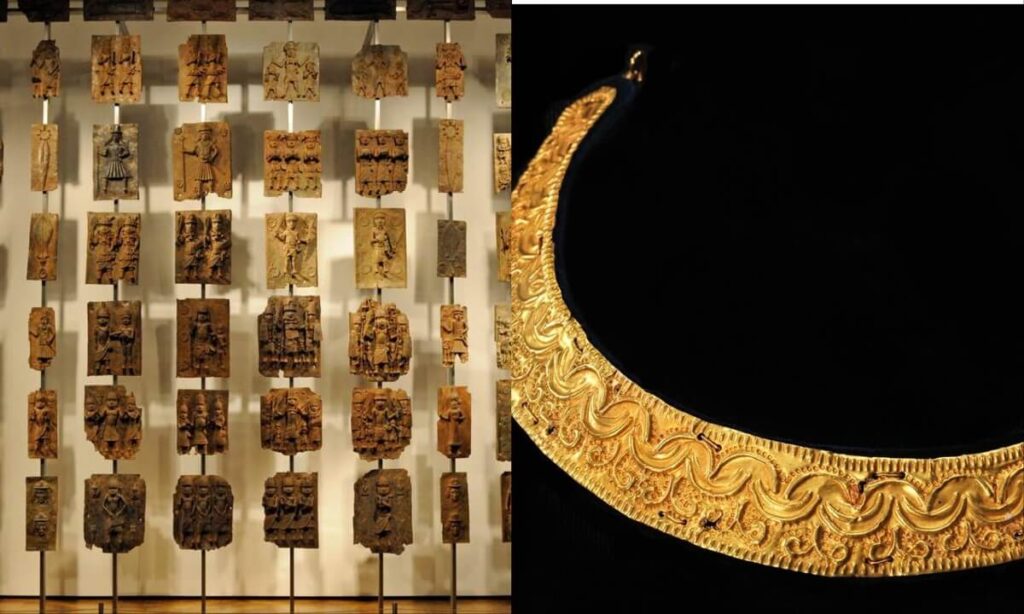In the National Museum of Egyptian Civilization (NMEC), where Egypt’s regal figures from the ancient past lay to rest, a visitor to the Cairo facility could never imagine that the gilded coffin of Nedjemankh, located on the ground floor, could reflect a perfectly concocted story where fame, corruption and theft of Africa’s cultural heritage intertwine.
Yet, the coffin of the ancient priest, which was acquired by the prestigious Metropolitan Museum of Art (MET) for almost $4 million in 2017, was promptly given back to Egypt when the truth about the coffin’s documentation and provenance circulated online. The incident marked a success for Egypt, which has been vocal and active in the repatriation of its cultural artifacts from museums and collections in Western countries, particularly in recent years.
However, Egypt is only one of several African countries carving the path — nations across the continent are making significant strides in reclaiming their heritage and preserving their cultural identity.
Ghana has been championing a remarkable successful streak in repatriating its cultural jewels. Last month, the Fowler Museum at the University of California, Los Angeles repatriated looted objects belonging to the Asante kingdom, which had been forcibly taken by British forces during the 1874 Sagrenti War— after 150 years since the looting. The UCLA museum returned seven artifacts, including a royal necklace (known as a gorget), an ornamental chair, and an elephant tail whisk.
“Have you ever wondered how these African objects ended up in museums?” Kenyan researcher and visual artist Jim Chuchu asked during a 2021 TEDMonterey talk in California.
“Some were bought by traders, and tourists,” Chuchu said. “Some were gifts exchanged in acts of friendships, and some were excavated in archaeological digs. But then there are many others that were looted during raids, confiscated by colonial forces, and stolen at…
Read the full article here





